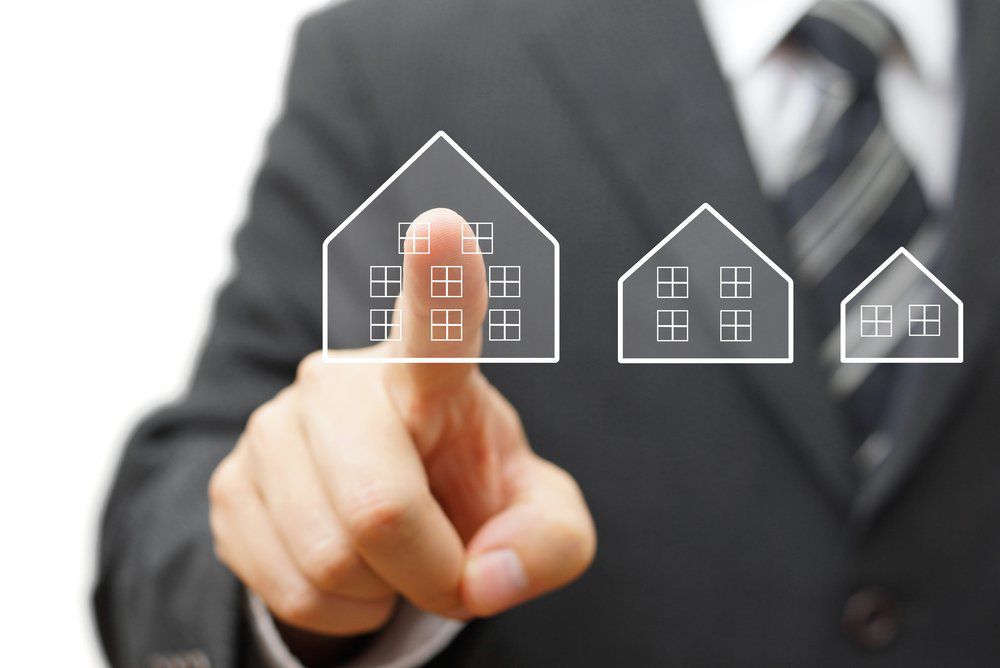It’s been a year that the real estate sector was swept off its feet by an out-of-the-blue pandemic.The trillion-dollar industry was faced with an insurmountable challenge that threatened its conventional business roots and pushed it towards another slowdown.
The fear of contraction and physical distancing that ensued as a precautionary measure transformed the way people inhabit and interact with physical space. The vicious nature of the virus ensured that many types of space fell off the demand radar, perhaps for the first time in modern memory.
This triggered an unprecedented crisis in real estate industry, something that required immediate groundwork to tackle the quicksand situation that the real estate sector was mired in.
Broadly speaking, in the narrative arc of the real estate market, the acute need for digitization was felt by most real estate players to provide a distinctive & better customer experience, man up the property distribution system and also provide succor to the flagging real estate fortunes.
Proptech- the silver lining to streamline real estate distribution
While disruption in the tech circles was viewed as innovative, bold and ingenious before the pandemic, it has become a necessity now to maintain business continuity, forcing property players to double down on Proptech.
Proptech has the prowess to shape the new normal of the post-Covid world. With a pool of real estate tech under its arm, Proptech can help property developers tap the wealth of better consumer reach, design, construct & maintain housing spaces through smart building technology and speed up property distribution to address the growing need for safe living, affordability and flexibility.
Residential real estate players that have invested in digital sales, leveraging augmented & virtual reality, digital transaction tools and a suite of digital-first products have created a differentiated experience that has upped user expectations. These neo-digital offerings are paying dividends in the form of commanding loyalty and better meeting the needs of homebuyers.
Property disruption buckets
3D Tech
The usher of real-life visits to houses and apartments with the aid of 3D tech has been a deal-breaker for the property sector post-Covid. With physical site visits vanishing in thin air due to social distancing norms, property dealers have parked their business paraphernalia online and are leveraging advanced 3D visual aids allowing millions of homebuyers to virtually map every inch of a property along with all spatial frills without leaving their homes. The benefit of visiting the property numerous times have resonated well with homebuyers and expedited real estate transactions, leading to faster disbursal of properties among homebuyers.
Consumer Tech
Real estate is a heterogeneous asset class and involves a higher degree of emotion pertaining to home search, selection, legal paperwork, mortgage and associated tax benefits. Property players have turned over a new leaf and simplified each of these issues with search & discovery tools like heatmaps, advanced visual tools, bird’s eye view of neighborhoods, fully secured online payment gateways with digital signatures and digital mortgage capabilities providing immediate loans for consumers.
This integrated consumer experience was a gamechanger in the real estate fabric, something which earned the trust of homebuyers and resulted in thousands of property transactions every month post lockdown.
Broker Tech
The pandemic has forced the broker community to gravitate towards digital for interacting with clients, setting up digital meetings with them, discussing properties virtually over video calls using 3D walkthroughs & sharing collaterals at the tap of a button.
Branded real estate players have attuned their brokers with fully furnished hi-tech mobile apps that combine business, social and networking functions on one platform. Property brokers have now access to digital platforms, market support and larger institutional supply, which have catalyzed in bringing affordable homes closer to homebuyers.
Superior distribution of rental housing through Proptech
While we need a wide lens to evaluate the opportunities Proptech has for the property sector in finetuning the real estate chain and augment the distribution process post-Covid, there is no denying that rental housing has also caught itself in the grips of technology. In the age of social distancing, landlords are looking at Proptech to serve the immediate needs of homes for millennials.
By doing away with the existing exhaustive rental process, technology is allowing tenants to check rental availability in real-time, take a virtual tour of the property through 3D aids, sign a lease digitally for the duration of stay, transact online and file maintenance requests at the click of a button. Renters also have the option of jumping between properties, neighborhoods, and cities without any constraints.
The pandemic has stimulated real estate developers to invest their dry powder in technology and build some muscle around how the technologies can be used to build dynamic business models that can shorten sales cycle, amplify consumer experience and speed up the housing distribution process. The clamor for affordable homes and the changed behaviors forced upon the industry will be a challenge for the real estate sector. However, with critical changes in the housing distribution cycle and acting quickly & smartly, the industry can emerge from the current crisis and reinvent itself for the better.





